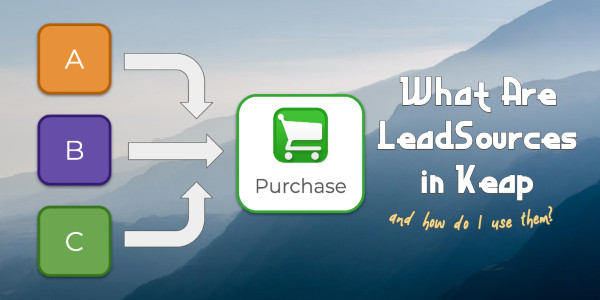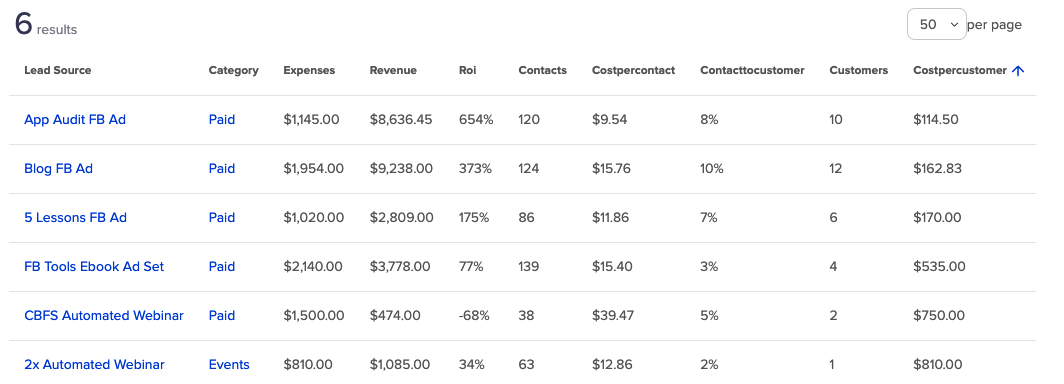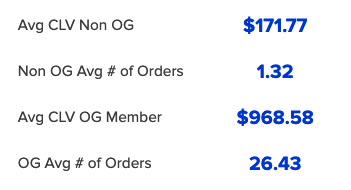LeadSources in Keap are definitely one of those features that most people agree are important AND wish they were better with.
Let’s start with some basic questions…
What are LeadSources in Keap?
Simply put – LeadSources are the different channels through which leads, prospects, and customers end up in your database.
This lets you know where people are coming from – so you can double down on what’s working.
Why do LeadSources matter?
Measuring your different leadsources helps determine which of your traffic channels are producing new contacts, and new customers, and at what rates.
And if you’re recording expenses against the leadsources, it’ll also calculate the average cost per contact, and per customer.
Having a clear understanding of this helps you make confident decisions, so you know which of your efforts to invest in, and which to stop.
Not all leads are created equal – and not all leadsources produce equally.
So the goal is to surface up this type of info so you can determine which channels are not only producing the most leads, but the leads that then go on to spend the most money with you.
To do this in Keap you’ll need a firm understanding of the Lead Generation section of the software – this covers visitor records, as well as LeadSources, and LeadSource ROI reporting.
Here’s a video, plucked from the IS Starter Kit course that covers the various features available in this section of Keap:
If you’re tracking purchase info in Keap (directly or through an integration) then the LeadSource reports will give you an indication of your ROI on each channel (the return on your investment).
The goal is to have your Cost Per Customer (also known as Customer Acquisition Cost) less than your average Customer Lifetime Value (the amount customers spend with you over their lifetime).
The greater the difference in those two numbers, the more profitable the traffic channel.
Knowing how much customers spend with you on average helps you decide how to spend your marketing budget.
How do I use LeadSources?
The simplest way to use them is just to measure which channels are adding contacts to your database.
But, if you have purchase and expense data available, you can go beyond that.
Naturally, if you are spending more to acquire the customer than you are making on it, that’s likely an indicator that the traffic channel isn’t currently viable.
What do I do with traffic channels that aren’t profitable?
If you notice that a specific leadsource isn’t producing – or isn’t producing in a profitable way, it could be for a few different reasons.
It is either a signal to revisit some aspect of it or stop running that ad altogether.
Before you discontinue it entirely, you might try refining (or expanding) the targeting to see if you can improve the flow of leads, or quality of leads you’re getting from that channel.
Or, you could revisit the ad content itself. Review the ad copy, video, and graphics – are they aligned? How could they resonate more with the audience you’re targeting?
It’s worth mentioning that paid advertising is an extremely nuanced space – so if this is an area where you feel out of your depths, it might be a good time to bring on an expert who specializes in designing or optimizing ad campaigns.
Additional Resources
If you’ve found this useful and want more on LeadSources specifically here’s a solid blog post from Jordan Hatch about using LeadSources in your business.
And another one from Tyler over at Box Out – Ad Tracking the Right Way in Keap.
If you want to take things to the next level, check out the ROI Tracker Tyler discusses in his post.
And if you want more training like this, you can unlock the rest of the IS Starter Kit course here.






